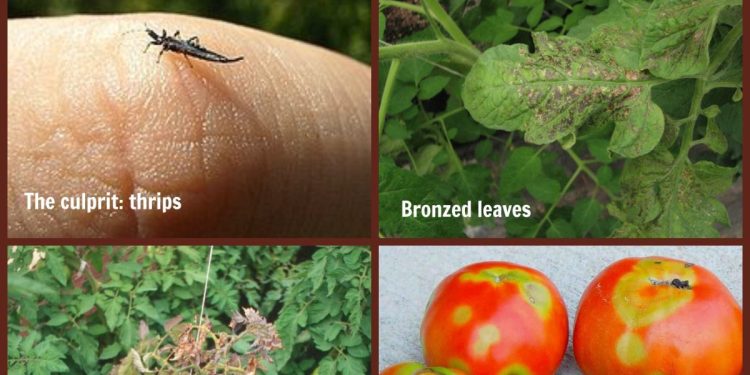This article discusses the impact of Tomato Spotted Wilt Virus (TSWV) on tomato crops and offers insights into the prevention and control measures for farmers. By analyzing the latest research data, we aim to create awareness about TSWV and its consequences on crop yield.
Tomato Spotted Wilt Virus (TSWV) is a devastating virus that affects various crops, including tomatoes. According to the latest research, TSWV can cause up to 100% yield loss in tomato crops. The virus is spread by thrips, which are common pests in tomato fields.
The development of TSWV infection can lead to various consequences, such as reduced tomato quality, economic losses, and even the collapse of the tomato industry in certain regions. Farmers must take preventative measures to control the spread of TSWV, including using insecticides, removing infected plants, and implementing crop rotation practices.
Moreover, control measures such as the use of resistant tomato varieties and management of thrips populations have been developed to control TSWV infections. These measures have been successful in reducing the spread of TSWV in tomato crops.
In conclusion, Tomato Spotted Wilt Virus is a severe threat to tomato crops and can result in significant yield loss. Farmers should take preventative measures to control the spread of TSWV and implement control measures when necessary. By raising awareness about TSWV and its consequences, we can ensure the sustainability of tomato crop production in the long run.
Tags: #TSWV #tomato #crophealth #agriculture #virus #farmerawareness #preventativemeasures #controlmeasures #yieldloss #croprotation #insecticides #thrips #resistance #sustainability







